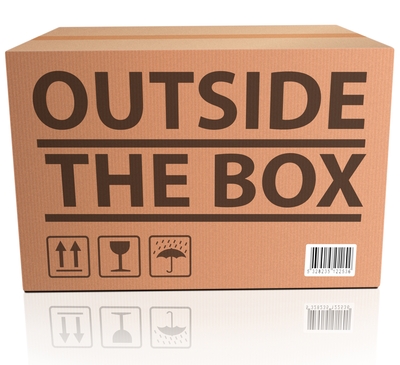Advertisers diving headfirst into native advertising will soon realize that native ads are certainly not created equal. Due to the diversity of native ads, marketers and publishers need to open up a clear line of communication regarding the inventory available for native ads and the content creation process. To achieve native advertising success and avoid confusion, advertisers must produce native ads that fulfill the publishers’ needs while still being clearly labeled as advertising. (ie. “Sponsored Post”, etc.)
This is called the “standardization” of native ads. The native ad space requires a standard set of concepts and language to create and implement native advertising for maximum clarity and effectiveness. In hopes to create a more consistent native ad nomenclature, the Interactive Advertising Bureau (IAB) identified six core native ad formats: in-feed units, paid search units, recommendation widgets, promoted listings, standard ads with “native” elements, and custom native ads.
The “sponsored content” native ad (custom native ad category) has garnered the most attention from publishers. Brands are creating their own original content which is then published alongside the regular editorial content of the publisher’s site. This native ad type blends naturally into the site’s familiar environment without disruption. Despite the attractive nature of this native ad variety, many advertisers are not yet taking advantage of the full possibilities of custom native advertising.
In order to fully embrace native advertising and enjoy success, advertisers need to focus on producing custom content that suits the unique needs of each publisher’s specific audience and the broader context of each publisher’s site. Native ads should match the look, voice and tone of the surrounding editorial content while also matching the quality.
Simply recycling display banner ads and converting the same old format ad to serve in-stream does not cut it. Native ads are about building a meaningful relationship with a specifically targeted audience and a misguided one-size-fits-all approach will not bode well with your intended audience. Custom production of native ads is a must and allows for more flexibility to match the personality, format, and feel of a site. With that being said, publishers also need to step up and help advertisers get better native advertising results by providing insights regarding the publication’s audience demographics, tone, and preferred style.
Best Practices for Driving Higher Levels of Native Advertising User Engagement
– Use precise interest targeting so the desired audience most likely to engage with the content is targeted. People are more likely to read native advertising if it’s focused on a topic that they care deeply about.
– Use responsive design for the advertorial – so the article is readable and a great user experience on mobile devices and tablets. We find that 80%+ of the audience engaging with advertorials are using mobile devices.
– Produce engaging content that truly matches the publishing site. Your native ad content should look and feel just as informative and credible and “fun to read” as the editorial that surrounds it. Don’t reformat prior display ads and attempt to make them native. What might have worked in another format won’t work as custom native ad content.
– Select the optimal placement for the campaign. In-feed and mobile targeting drives higher engagement than right-sash placement.
– Select the right type of campaign. For example, on Facebook a boosted post will gain more comments and shares within Facebook. A website link campaign will drive higher levels of traffic to an article on a website.
– Test multiple creative and copy options and optimize ads within a campaign based on performance (e.g. highest CTR, lowest cost per engagement).
– Use analytics to measure campaign results and adopt continuous improvement practices for what methods work for your site and target audience.
Collaboration between advertisers and publishers is mutually beneficial for both parties. More effective and impactful advertising equals a more engaged audience.
